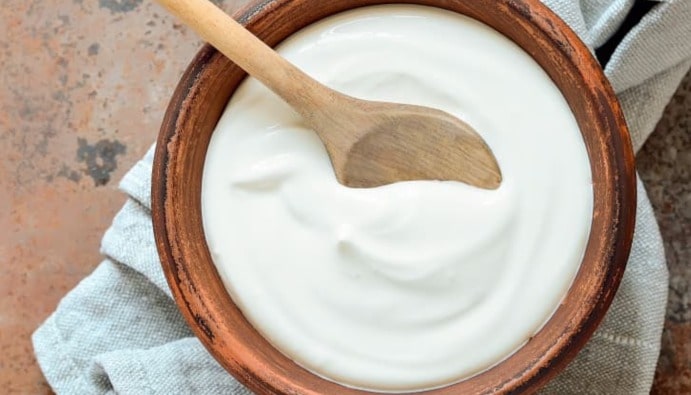
BLOG
KATEGORİDEKİ DİĞER YAZILAR

Yogurt is a fermented dairy product that remains durable for a long time by preventing the growth of many microorganisms thanks to its acidic structure. However, one of the most important factors determining the quality, flavor and shelf life of yogurt is its acidity level. Acidity is also a critical measure to understand whether yogurt has undergone the correct fermentation process. In Turkey, quality control in yogurt production is carried out in accordance with the Turkish Standard TS 1330.
The acidity of yogurt is caused by the conversion of milk sugar (lactose) into lactic acid during the fermentation process. This process, carried out by lactic acid bacteria, gives yogurt its distinctive sour taste and consistency. Levels of acidity in yogurt can affect quality and health safety:
TS 1330 is a standard prepared by the Turkish Standards Institute (TSE) that determines the quality and properties of yogurt. This standard covers the physical, chemical and microbiological properties of yogurt and sets important criteria to ensure quality control of the production process. The TS 1330 standard includes yogurt content, sensory requirements and yogurt analysis. According to the TS 1330 standard, yogurt to be offered to consumers must meet the following conditions. Determination of acidity in yogurt (in soxhlet-henkel-SH) is based on the following analysis principle:
% Acidity= SHx0,0225
Nano-lab Laboratories Group continues to provide services within the scope of Determination of Acidity in Yogurt. We also provide services on Imitation and Adulteration in Yogurt.
Contact us for more information.
You can follow us on LinkedIn for up-to-date news and posts about our services.
Follow our Instagram account to be informed about our latest blog posts.